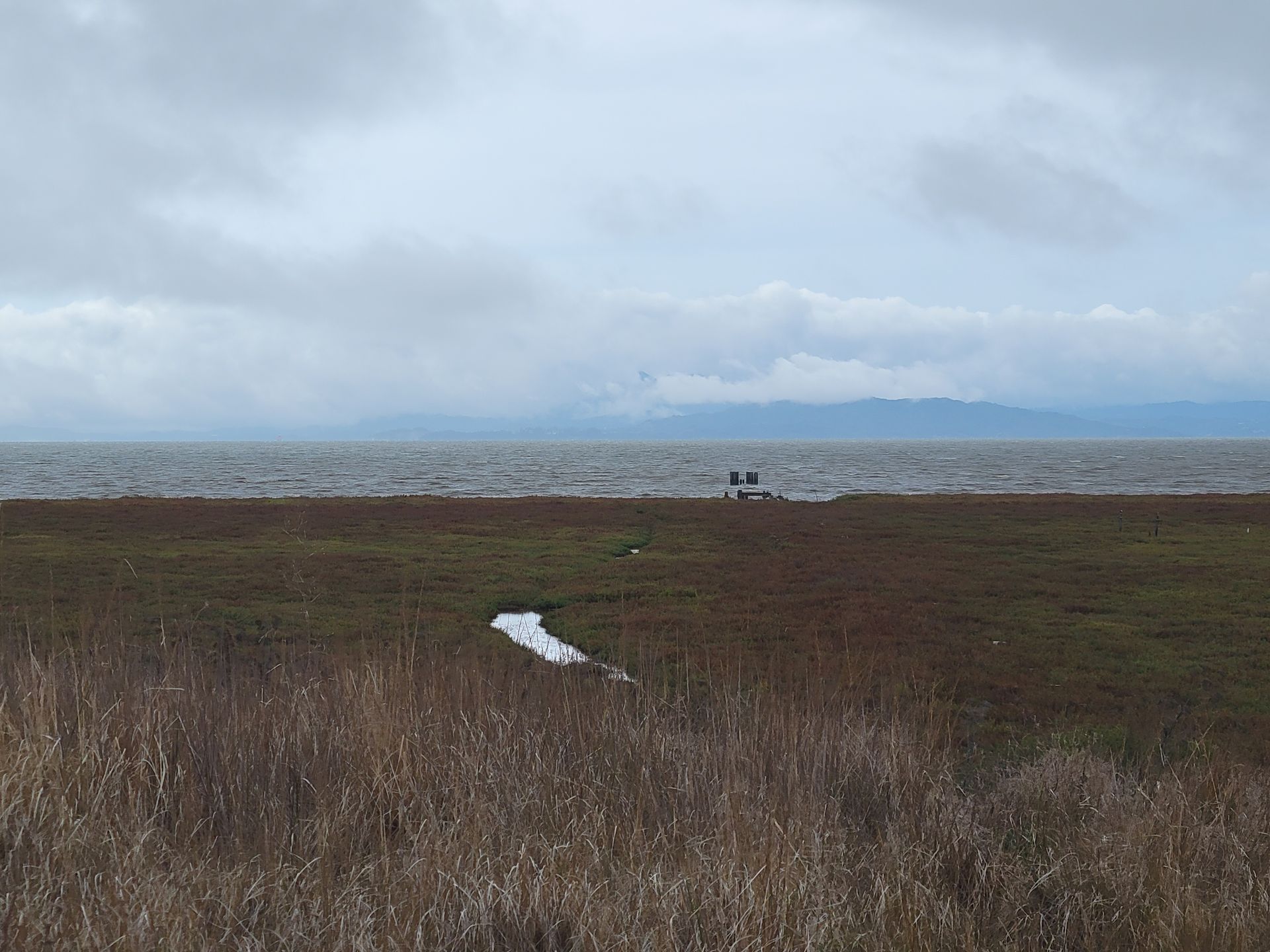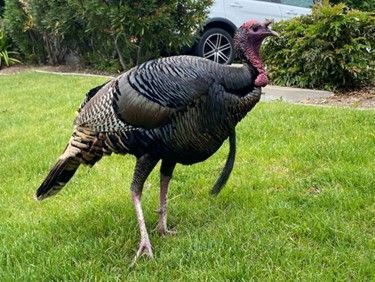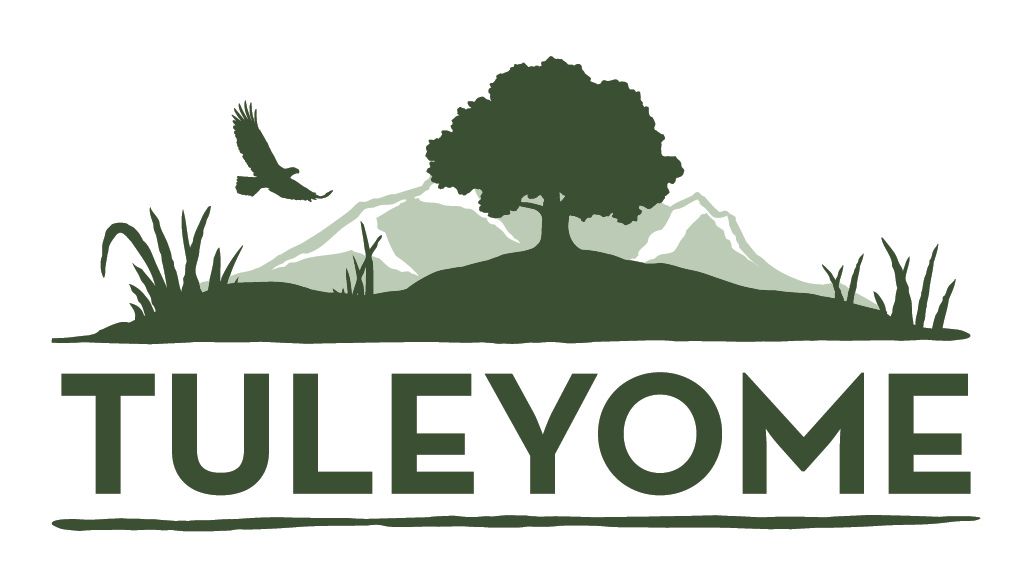Tuleyome's Policy Corner: Supporting California's National Monuments
 Wallflowers on Molok Luyuk
Wallflowers on Molok Luyuk
Currently, there are five National Monument proposals in California.
Tuleyome has been telling you a lot about the efforts to expand Berryessa Snow Mountain National Monument by adding Molok Luyuk to the Monument. We hope you’ve signed our petition . If not, please do so now.
We’d also like share with you the four other California National Monument proposals that we hope you will support as well. All are public lands, are culturally significant and are critical habitats for biodiversity and achieving federal and state 30x30 goals (protecting 30 percent of our lands and waters by 2030). Co-stewardship by tribes is a critical part of managing these lands.
Chuckwalla National Monument would encompass 660,000 acres parallel to Joshua Tree National Park to the south, and bounded by Chocolate Mountain Air Gunnery Range in the east and Interstate 10 from east Coachella Valley to the Colorado River. Located in Imperial and Riverside Counties, the Monument would include Ladder Canyon, Bradshaw Trail, Corn Springs Campsite and Painted Canyon Trail. It is home to amazing rock formations and close to the Salton Sea. Supported by conservationists and indigenous peoples, the Monument would be the largest protected area in the Colorado Desert Bioregion, a unique climate and bioregion. The landscape holds immense tribal historical and present day significance for the Iviatim, Nüwü, Pipa Aha Macav, Kwatsáan and Maara’yam peoples (Cahuilla, Chemehuevi, Mojave, Quechan and Serrano Nations).
The Fort Yuma Quechan Indian Tribe is calling on President Biden to protect more than 390,000 acres of their ancestral homeland as Kw'tsán National Monument . Located in Imperial County, these public lands border the Tribe’s reservation and encompass the Indian Pass Area of Critical Environmental Concern (ACEC), Pilot Knob (Avikwalal), Singer Geoglyphs ACEC, Buzzards Peak and Picacho Peak Wilderness areas. The Colorado River borders the lands on the east. This Monument would also connect to Chuckwalla National Monument and Spirit Mountain in Avi Kwa Ame National Monument. Endangered species and native plants live, and depend, on these lands.
The designation of Sáttítla, Medicine Lake Highlands, National Monument by President Biden is being called for by the Pit River Nation. Nestled within the Shasta-Trinity, Klamath and Modoc forests, and containing a designated Native American Traditional Cultural District, these 200,000 acres are culturally significant, geologically unique and water rich. Its aquifers store as much water as California’s 200 largest reservoirs and sustain millions of residents, agriculture and wildlife. The area has been sacred to numerous tribes who still use the area for ceremonies and gathering, including Pit River, Modoc, Shasta, Karuk and Wintu, since time immemorial.
A vast group of organizations and individuals is calling on President Biden to expand the San Gabriel National Monument by adding 109,000 acres of BLM and USFS public lands. The Monument would safeguard sacred spaces and cultural resources, expand equitable access to nature, protect critical wildlife habitat and is a key source of drinking water for the region. In fact, the Angeles National Forest provides one-third of Los Angeles County’s drinking water. Cultural resources include prehistoric archaeological sites as well as historic sites and landscapes. It would also protect the Mount Lowe Railway, which opened in 1893 to ferry residents from Pasadena to the top of Echo Mountain.
California is such a special place and these public lands are some of its most unique. Let’s all work together to protect them.
-Sandra Schubert; sschubert@tuleyome.org
Executive Director
Looking for more articles like this? Click the hashtag below!
RECENT ARTICLES






